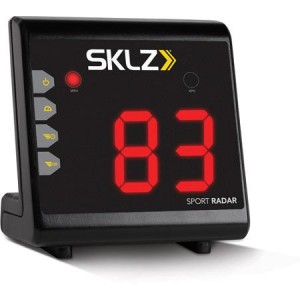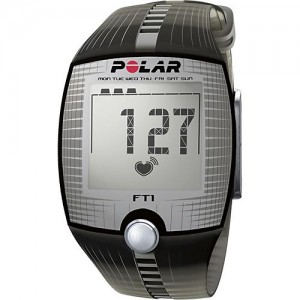Using Heart Rate Monitors and Speed Radars during Exercise
In this activity the students will be doing a series of exercises to monitor their heart rate, speed, and amount of exercise to calculate mean, median, mode, and distance. We want to find out if the class as a whole is in the healthy range for their sex and age group. The equipment needed for this activity is heart rate monitors, speed radars, and timers. The students will be split into groups for the different stations. The stations include a running station, jump rope station, and a sit up station. Each student will be wearing their own heart rate monitor. Within these groups the students will find a partner to measure all of their exercises using timers and the Sport Radar. The students will need one timer per pair, one Sport Radar for the running group, 10 jump ropes, and materials to record their information.
The Common Core State Standards that this activity measures are:
Grade 6:
Building on and reinforcing their understanding of number, students begin to develop their ability to think statistically. Students recognize that a data distribution may not have a definite center and that different ways to measure center yield different values. The median measures center in the sense that it is roughly the middle value. The mean measures center in the sense that it is the value that each data point would take on if the total of the data values were redistributed equally, and also in the sense that it is a balance point. Students recognize that a measure of variability (interquartile range or mean absolute deviation) can also be useful for summarizing data because two very different sets of data can have the same mean and median yet be distinguished by their variability.
CCSS.MATH.CONTENT.6.SP.B.5.C
Giving quantitative measures of center (median and/or mean) and variability (interquartile range and/or mean absolute deviation), as well as describing any overall pattern and any striking deviations from the overall pattern with reference to the context in which the data were gathered.
High School Functions
In school mathematics, functions usually have numerical inputs and outputs and are often defined by an algebraic expression. For example, the time in hours it takes for a car to drive 100 miles is a function of the car’s speed in miles per hour,v; the rule T(v) = 100/v expresses this relationship algebraically and defines a function whose name is T.
The SKLZ Sport Radar can be found at Wal-Mart or:
This piece of technology costs $19.00-$45.00. In this group, Group 1, the students will use the speed radars to measure their speed for running 200 feet. They will then be asked to calculate their time in which they ran the distance and compare it to what their partners clocked for them. The students will record their time, heart rate, and speed. This information will be used at the end of the lesson for the classes mean, median, and mode for all of the stations.
The Polar Heart Rate Monitor can be found at Best Buy or:
The Polar Heart Rate Monitor costs $36.99. Each student will wear these watches to measure their heart rate during their activity at all of the stations.
In Group 2 the students will be jump roping for 30 seconds. The partner who is not participating will count how many jumps the student successfully completes. After the 30 seconds the student will record their heart rate and amount of jumps they did.
In Group 3 the students will be doing sit ups for 30 seconds. The partner who is not participating will count how many sit-ups the student successfully completes as well as hold their feet. After the 30 seconds the student will record their heart rate and amount of sit-ups they did.
Once every student has finished with all of the activities, they will need to compile all of their recording with the rest of the other students’ numbers. On the excel spread sheet the students will write down their times, speeds, and numbers for all of the stations based on sex. The information will be anominous so that the students will not be criticized on their scores. After all the information is written down, copies will be made and distributed to all of the students to find the mean, median, and mode of all the categories. As a class we will find out if the students are in the healthy range for their sex and age group according to the CDC. The boys will calculate the boys excel spreadsheet and the girls will calculate their own. Teachers could also have the students graph the numbers to observe the bell curve.
Excel spreadsheet: Math 325 Heart Rate Monitors

